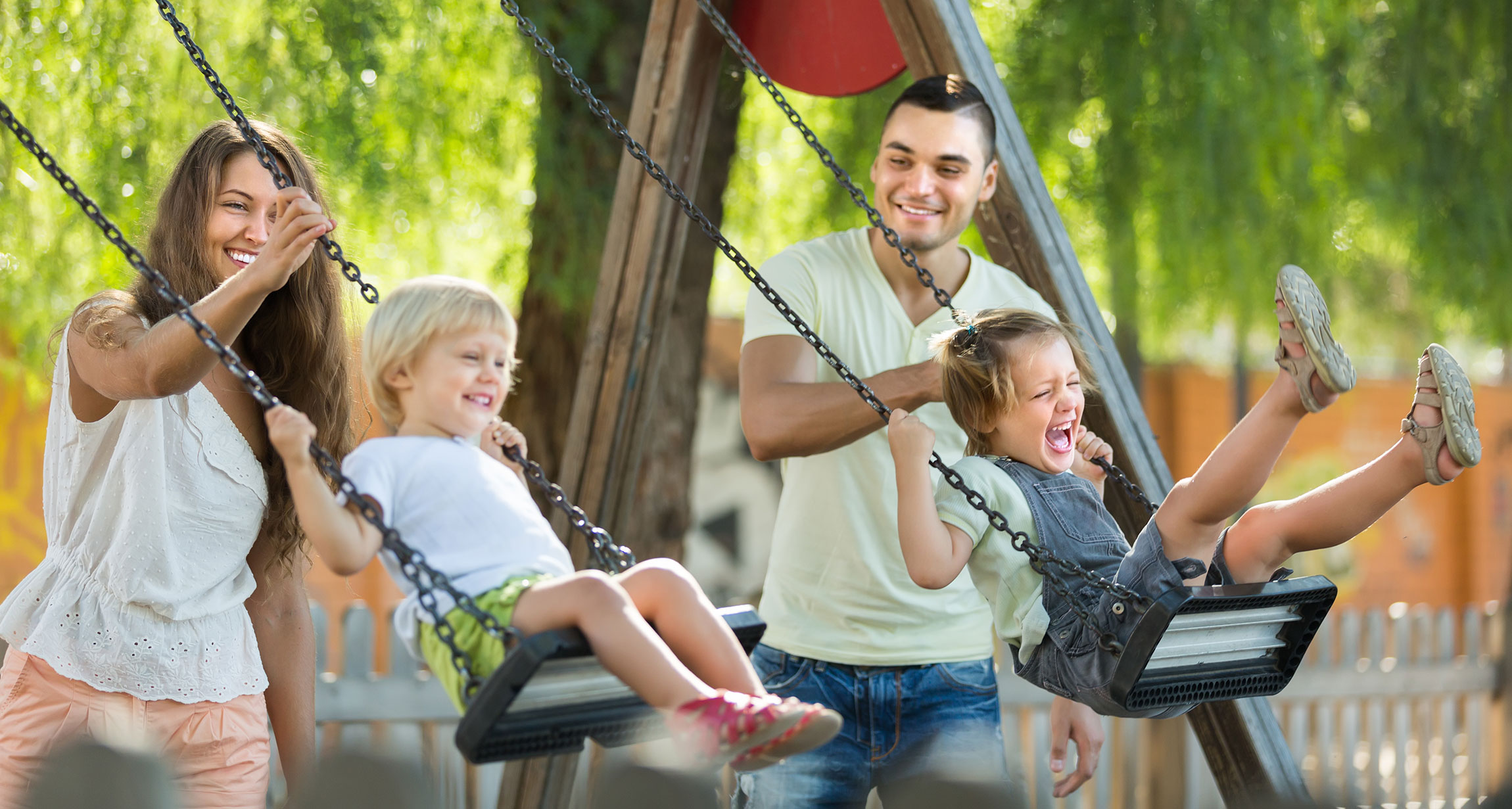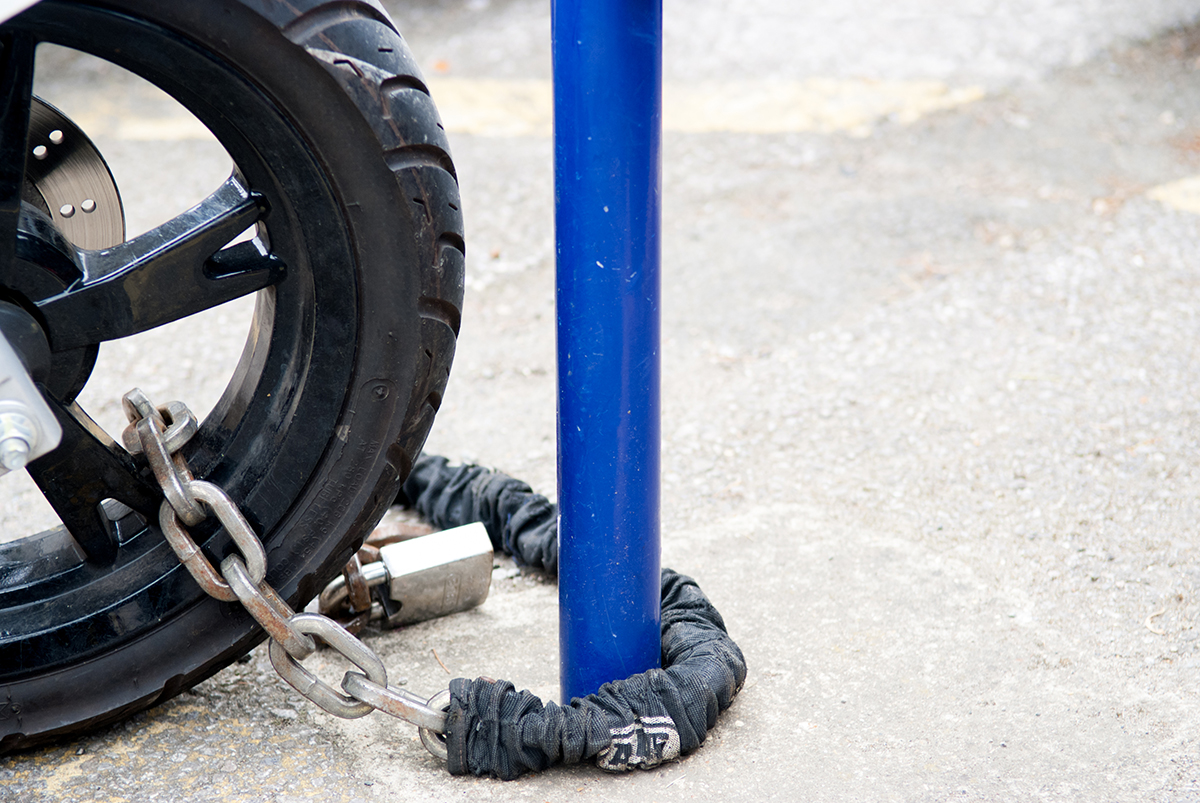As summer 2021 winds down to a close, chances are you and your family are trying to fit in as much outdoor fun as possible.
As a parent, you know that every outdoor activity comes with its own set of risks…
And whether it’s a trip to the playground, a pool day in the backyard, or a family cycling adventure, you want to ensure your kids can play freely and safely.
To help you and your little ones make the most of the remaining days of summer, we put this playground and outdoor safety checklist together for you. Below, you’ll find best practices for keeping your front and backyard, playground, and general outdoor playtime as risk-free as possible.
1. Always Check the Forecast
Nobody wants their parade to get rained on, especially if you have a day of outdoor activities planned.
Lightning, heavy winds, and even light rain can quickly ruin a day at the playground, so make sure to keep an eye on the weather before the fun starts.
2. Bring the Right Safety Equipment & Supplies
Whatever summer activities you have planned, it’s crucial to equip your little one with the right tools for the job. That means everything from safety equipment to proper attire.
For bike rides, that means a helmet and maybe some elbow and knee pads for added protection.
Pool days require plenty of sunscreen and floaties if your child needs the extra help to swim on their own.
If you’re going on a nature walk or heading to the playground, some light clothes, supportive tennis shoes, and a little bug spray will go a long way.
Of course, if your outdoor activities take you away from home, it’s essential to bring the right amount of food and water to keep your little one hydrated and well-nourished.
A long day out in the sun can be draining for children, and without enough water, heat exhaustion can become a serious risk. A good rule of thumb is to bring two to three water bottles for every hour you plan to spend outside.
3. Staying Safe at the Playground
Safe playground fun is easy when you follow these three simple guidelines:
- Perform an equipment spot-check – Before letting your little one loose on the playground, do a quick visual survey to ensure the equipment is in good shape. The Department of Health and Human Services recommends looking for the following:
-
- Cracks, bends, warps, sharp edges, rust, or breaks
- If the equipment is made of wood, check for any protruding nails or splinters in areas where your child might step, grab, or slide.
- Look around the area for any trash that can cause injuries, like broken glass or metal cans.
- Metal playground equipment can get incredibly hot in the sun, so touch any spots that could potentially cause burns to make sure they’re at a comfortable temperature.
- Finally, check for any tripping or slipping hazards like sand on walkways, tree roots, rocks, etc.
- Use the buddy system – Children should always use the buddy system when playing outside. Even with constant parental supervision, accidents can happen. Having a buddy to call for help makes a huge difference in your child’s safety and comfort level.
- Take regular breaks – Playing outside – even just for thirty minutes – can take its toll. Make sure your little one takes some breaks in the action to get a few sips of water or a snack. Fueling up every now and then can help keep the fun going for longer.
4. Safety Around the Pool
For a risk-free day in the water, there are a few key things to consider. First, it’s important to teach your child that diving and running are off-limits.
Splashing and playing in the water makes slips and falls on the pool deck all the more likely, and jumping in head first poses a significant injury risk. Setting some ground rules before jumping in the water can ensure your little one plays safely.
Also, if you’re having some fun in the backyard, but you’re not using the pool, you’ll want to prevent unwanted access to it.
One of the best ways to do so is to invest in a four-walled safety fence that surrounds your deck and stands at least four feet high. You can also pick up a gate alarm that sounds whenever the safety fence is opened for extra security. Or, there are special pool alarms you can place in the water that go off whenever someone jumps or falls in.
These additional safety measures can provide some peace of mind while you supervise your little ones during playtime.
For a complete guide on at-home pool safety, check out our recent article here. It’s full of essential tips and emergency prevention strategies that save you time and energy.
5. Front & Backyard Safety
If you follow numbers one and two on this list, playing safely in the front and backyard is no sweat.
Of course, you’ll always want to keep a close eye on your little ones while they play out front or in the driveway. But if a toy or a ball goes into the street, it can be incredibly tempting for a child to run out and grab it.
Teaching your children that the road is off-limits can instill the essential survival skills they need to eventually play on their own. And once they’re old enough, you can graduate to the “look both ways” method.
As for backyard safety, a fully closed-off fence can allow for a more relaxed approach to supervision. But if your backyard is open, you’ll want to keep watch during playtime.
One of the most common safety hazards that parents have to contend with – aside from pools – is fire pits.
Believe it or not, burns can happen whether the fire is still active or fully extinguished. The remains of a fire can stay hot long after it’s been put out, even up to twenty-four hours, so it’s crucial to have safety measures in place at all times.
Creating a three to four-foot safety zone around your fire pit can help prevent falls and reduce the risk of burns or stray sparks. This zone can be a safety fence or a raised fire pit with a few feet of tile, concrete, or other material around it.
6. Take a Lifeline With You Wherever You Go
Whether playtime is at home or elsewhere, you want to be able to get help fast in an emergency.
If your child has a serious accident, the amount of time you’ll waste describing where you are and what’s going on to your 911 dispatcher is simply unacceptable.
Response time is critical when your child’s safety is on the line.
Luckily, the Rescu mobile medical alert system guarantees the fastest emergency response time on the market.
If you’re at home, all it takes is two taps on your smartphone to instantly dispatch responders to your address. And with the upcoming Rescu Prime subscription, you can get help anywhere in the United States with precise GPS tracking technology.
That means if you’re at the playground or on an outdoor family adventure, you and your family can play with security and peace of mind.
And the best part? Monthly subscriptions start as little as $7 a month, with the upcoming Rescu Prime membership sitting at just $10 a month.
Rescu is the perfect way to complete your playground and outdoor safety checklist, and set up is quick, easy, and affordable.
Click below to get started today!





